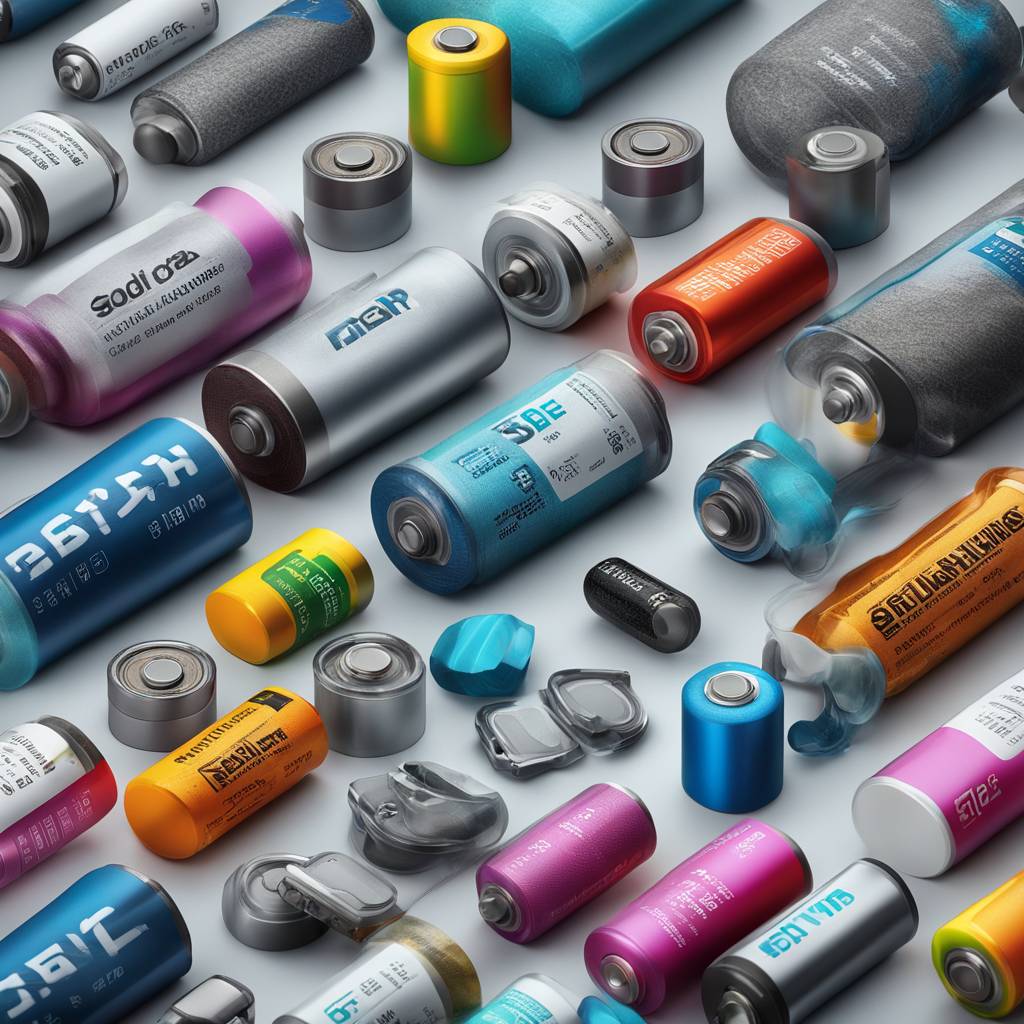All-solid-state lithium-ion batteries with solid electrolytes have advantages over conventional liquid electrolyte Li-ion batteries, such as being non-flammable, having higher energy density, and higher transference numbers. Solid electrolytes are expected to play a role in the market for electric vehicles. However, they have challenges such as lower Li-ion conductivity and difficulties in achieving adequate electrode-solid electrolyte contact. Sulfide-based solid electrolytes are conductive but react with moisture, forming toxic hydrogen disulfide. Non-sulfide solid electrolytes that are both conductive and stable in air are needed to create safe, high-performance, and fast-charging solid-state Li-ion batteries.
In a recent study published in Chemistry of Materials, a research team from Tokyo University of Science and DENSO CORPORATION discovered a stable and highly conductive Li-ion conductor in the form of a pyrochlore-type oxyfluoride. This material is stable in air and exhibits higher ionic conductivity than previously reported oxide solid electrolytes. Structural and compositional analysis revealed that Li1.25La0.58Nb2O6F demonstrated a bulk ionic conductivity of 7.0 mS cm⁻¹ and a total ionic conductivity of 3.9 mS cm⁻¹ at room temperature. Its ionic conductivity is higher than that of known oxide solid electrolytes, with an extremely low activation energy for ionic conduction.
The new material’s Li-ion conduction mechanism was explored, revealing that the conduction path covers F ions in tunnels created by MO6 octahedra. The sequential movement of Li-ions while changing bonds with F ions facilitates conduction, with immobile La3+ inhibiting Li-ion conduction. The material’s operating range from -10 °C to 100 °C surpasses that of conventional lithium-ion batteries, which cannot be used below freezing temperatures. The material’s safety and high conductivity make it suitable for various applications, including electric vehicles, airplanes, and high-capacity devices.
This new innovation offers no risk of electrolyte leakage or toxic gas generation, making it a promising option for future battery research. The material’s stability, high ionic conductivity, and wide operating temperature range make it ideal for electric vehicles and other applications. Its potential for rapid recharging and use in high-temperature environments further enhances its appeal for various industries. It may lead to the development of innovative batteries that can operate in a wide range of temperatures, offering new possibilities for energy storage solutions.
Overall, the discovery of the pyrochlore-type oxyfluoride as a stable and highly conductive Li-ion conductor represents a significant advancement in the field of solid electrolytes for all-solid-state batteries. Future research will focus on exploring the material’s local structure around lithium, dynamic changes during conduction, and its potential as a superionic conductor. This material has the potential to revolutionize battery technology, offering enhanced safety, performance, and versatility for a wide range of applications in the future.













